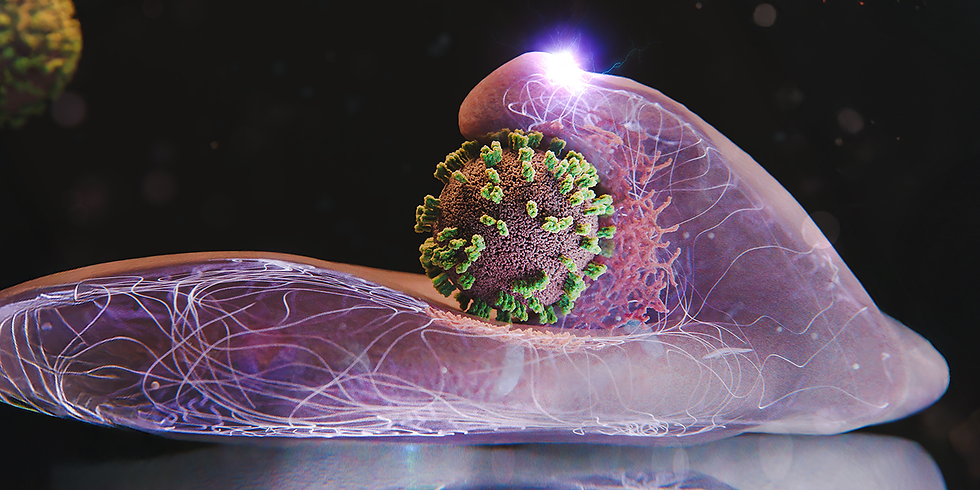2023 openness in animal research – EARA videos
- Gege Li
- Dec 20, 2023
- 2 min read

Many researchers contributed to the EARA Instagram #TransparencyThursday Q&A series in 2023 (now on the EARA YouTube channel) where scientists are asked about their studies and why it is necessary to use animals.

Earlier in the year, Dario Aspesi, at the University of Guelph, Canada, discussed his use of mice for investigating the effect of sex hormones on social behaviour (pictured right), while cancer researcher Tommaso Virgilio at the Institute for Research in Biomedicine, in Bellinzona, Switzerland, explained how mice are helping to develop new immunotherapies.
Many institutions from around the world also got involved as part of Be Open About Animal Research Day (#BOARD23), the global, 24-hour EARA social media campaign, and we spoke to researchers from EARA member institutions, including Jinte Middeldorp at the Biomedical Primate Research Centre, Netherlands; Przemko Tylzanowski and An Zwjisen at KU Leuven, Belgium; Stephanie Menges at Merck KGaA, Germany; and Marta Migocka-Patrzałek and Magda Dubińska-Magiera, at the Polish Zebrafish Society.

As well as the Q&As, other videos produced for #BOARD23 included a detailed tour of EARA member the Netherlands Cancer Institute, including its animal facilities; animal care at EARA member the Translational Animal Research Center (TARC) at the Johannes Gutenberg-University Mainz, Germany (pictured left); interviews and demonstrations of animal research at the Coimbra Institute for Clinical and Biomedical Research (iCBR), Portugal; and the work of Dr James Turner at the Francis Crick Institute, UK, which uses mice and opossums to research sex chromosomes and genetics.
Also this year, the EARA Let’s Talk SciComm Q&A series, where communicators are asked about how they discuss the topic of animal research publicly, featured Valentine Bouet who writes for the children’s science blog, Kidi’science, in France.

Additional videos on effective science communication included EARA Board member Roman Stilling, at Tierversuche verstehen, Germany (pictured right); Jenny Sandström at the Swiss 3R Competency Centre; and science communications staff, Maria Serrano Correia and Nuno Miguel Gonçalves at EARA member NOVA Medical School, Portugal, who discussed the
university’s different communications strategies and activities.



